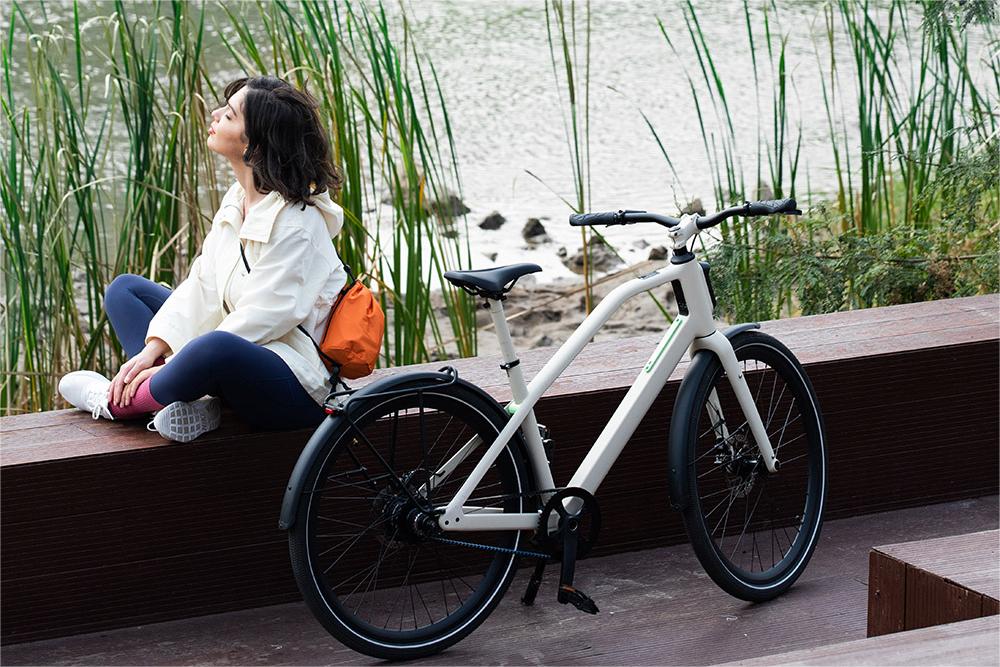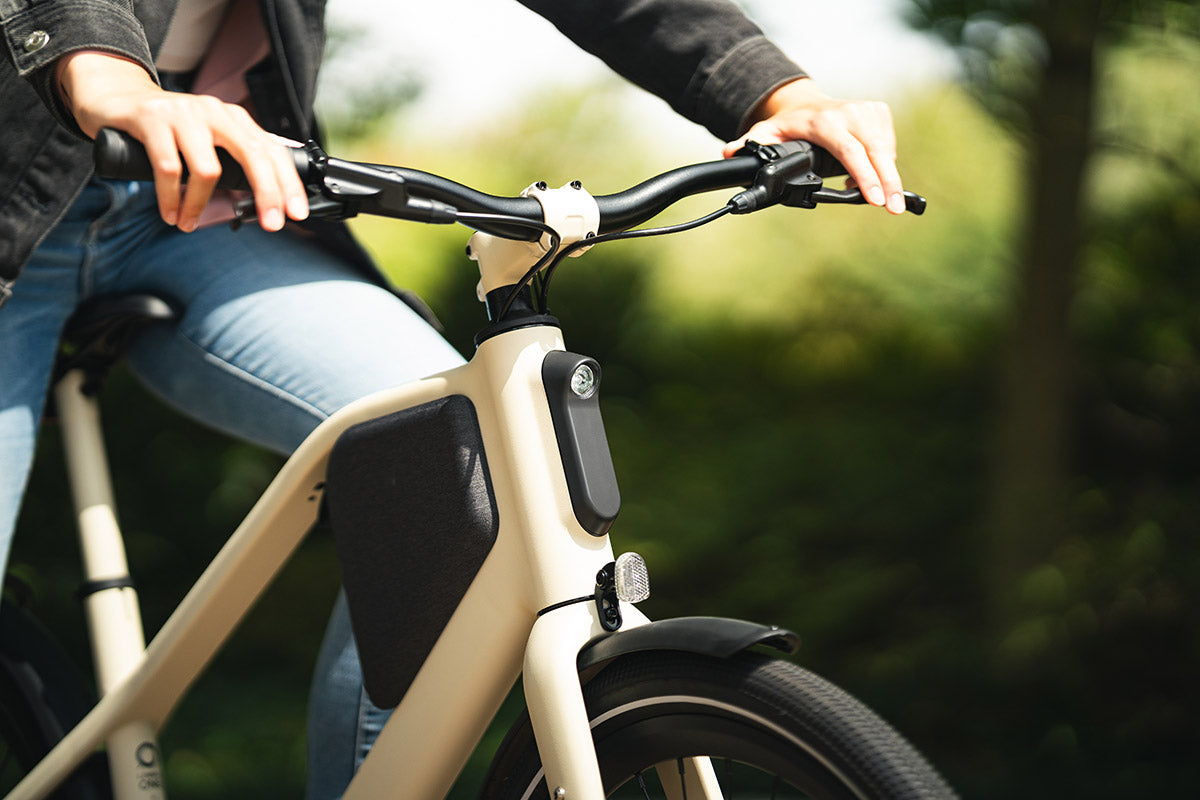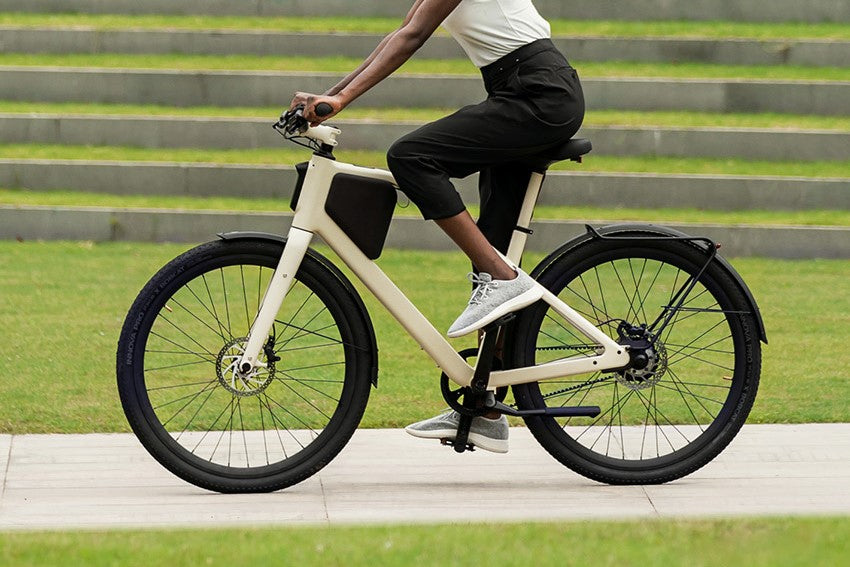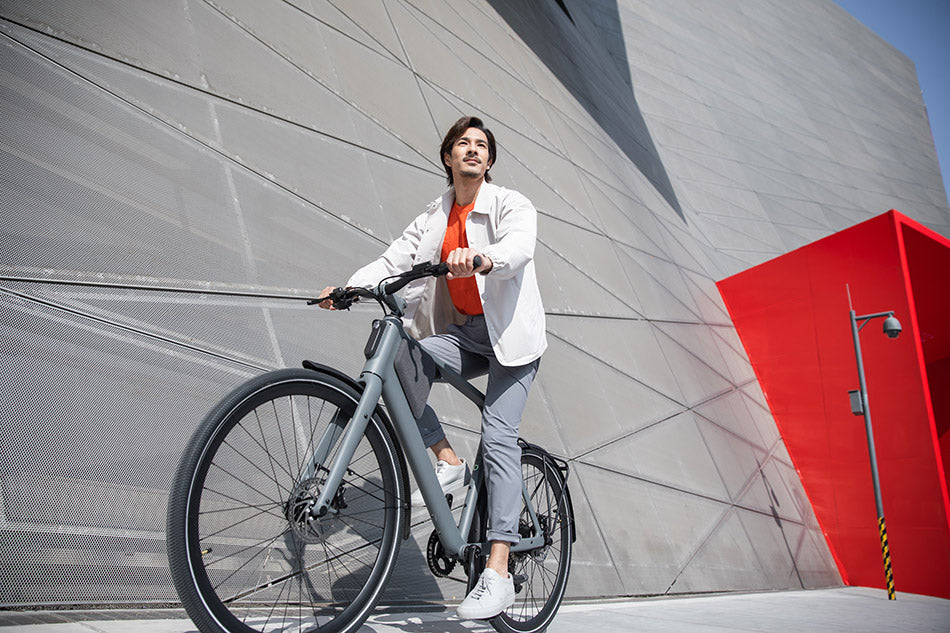Introduction
E-bikes have revolutionized urban mobility by combining the traditional cycling experience with the added benefit of electric assistance. At the heart of this synergy is pedal sensor technology, which detects the rider's intent and regulates the input of the motor accordingly. This article will explore the world of e-bike pedal sensors, focusing on the two main types: torque sensors and cadence sensors.
There are two types of e-bike sensors, each with a unique impact on the performance and riding experience of an electric bike. These include the cadence sensor and the torque sensor.
 Torque Sensor
Torque Sensor
Are you looking for an electric bike that synchronizes with your movement and feels more like a traditional bicycle? Then an e-bike with torque sensors is the right choice for you.
A torque sensor measures the amount of force you apply to the pedals to determine how much power the motor should add to the output. It uses a precision strain gauge to measure how hard the rider is pedaling.
Unlike an e-bike with cadence sensors, which does most of the work and requires little effort from you, the assistance on an e-bike with torque sensors depends on how much force you exert. This means that with torque sensors and e-bike technology, you have full control over how much assistance you want from your bike.
Functioning of Torque Sensors
Torque sensors work by measuring the pressure or force applied to the pedals. When the rider applies more force, the sensor detects the increase and signals the motor to provide corresponding electrical assistance.
Advantages of E-Bikes with Torque Sensors
Natural feel: Torque sensors provide a more intuitive riding experience by seamlessly connecting the electric assistance with the rider's effort.
Energy efficiency: The system provides assistance when needed, optimizing energy consumption.
Disadvantages of Torque Sensors
Cost: Bikes with torque sensors tend to be more expensive due to the advanced technology involved.
Complexity: Torque sensor systems are complex, making maintenance and repairs more challenging.

Cadence Sensor
If you are looking for convenience or need an electric bike that does most of the work for you, then an e-bike with a cadence sensor is just right for you.
When the pedal assist is turned on, the cadence sensor sends a signal to the motor to start its operation. The motor then delivers a certain power to propel the rider forward.
The cadence sensor uses a magnet on the crank that turns on when you pedal and turns off when you stop. It functions more like a switch and requires minimal effort from the rider.
The good news is that e-bikes with cadence sensors are affordable. And if you already have an e-bike without a cadence sensor, you can easily attach one to your e-bike.
However, they work best on flat surfaces and are less efficient when riding uphill.
Functioning of Cadence Sensors
Cadence sensors determine the speed at which a rider pedals. The motor assistance is adjusted based on the pedal revolutions per minute (RPM).
Advantages of Cadence Sensors on E-Bikes
Affordability: E-bikes with cadence sensors are generally more budget-friendly.
Simplicity: Cadence sensor systems are simpler, making maintenance easier.

Limitations of Cadence Sensors
Less intuitive: Cadence sensors may not provide the same natural feel as torque sensors since they primarily respond to pedal speed.
Less efficient in hilly landscapes: They may not adapt as quickly to changes in the terrain or the rider's effort, especially in hilly terrain.
Comparison of Torque and Cadence Sensors
Performance Comparison
Torque sensors offer a more natural and responsive riding experience, especially in varying terrain.
Cadence sensors provide a simpler solution at a more affordable price, although they may be less intuitive for some riders.
Application Scenarios
Torque sensors are suitable for riders who prefer seamless integration of electric assistance with their effort.
Cadence sensors are suitable for budget-conscious riders who are looking for basic electric assistance without advanced features.
Which sensor is right for you?
The decision between torque and cadence sensors depends on individual preferences, budget constraints, and desired riding experience. It is recommended to try out both types to determine personal comfort and preferences.
Integration with E-Bike Systems
Compatibility Issues
Before selecting a sensor type, ensure compatibility with the entire e-bike system, including the motor and battery.
Calibration Considerations
Proper calibration of the sensors is essential for accurate and efficient motor assistance. Follow the manufacturer's guidelines for calibration procedures.

Conclusion
In the world of e-bike pedal sensors, the choice between torque and cadence sensors significantly influences the riding experience. While torque sensors provide a more natural and responsive feel, cadence sensors offer a more affordable option. Ultimately, the decision depends on individual preferences, riding style, and budget considerations. The synergy of these sensors with the entire e-bike system elevates the riding experience to a new level, providing a seamless connection of human and electric power.





